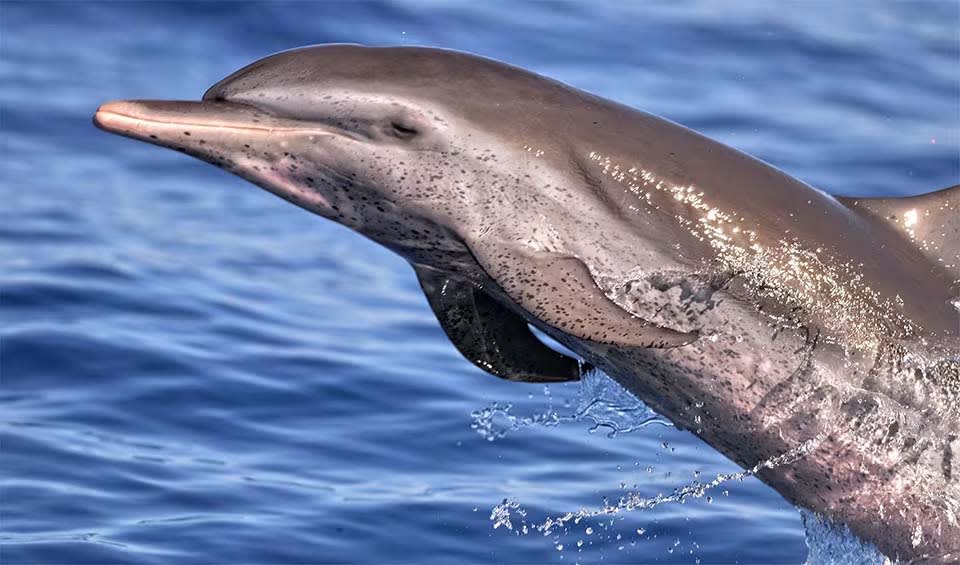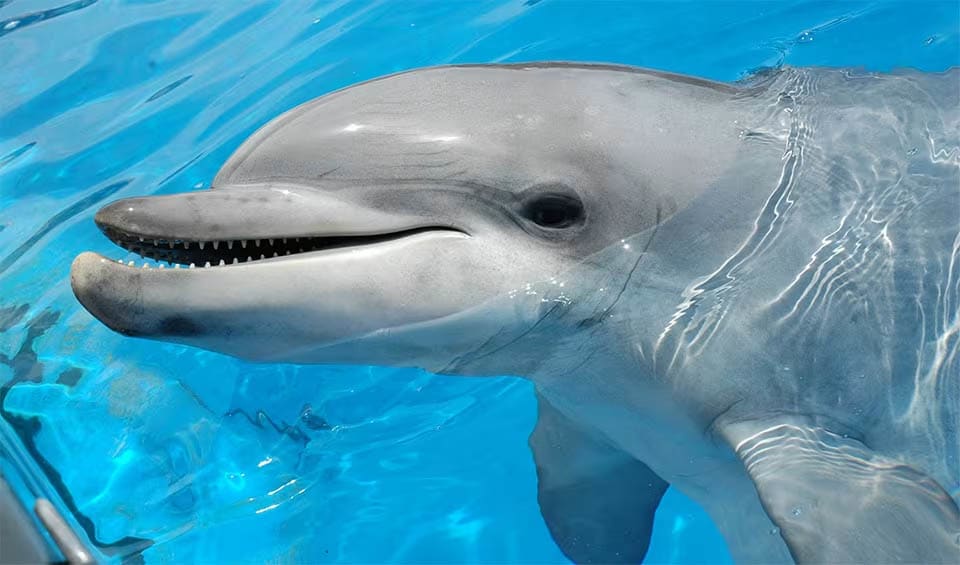The Turks and Caicos Islands, located in the Atlantic Ocean southeast of the Bahamas and north of Hispaniola, are a British Overseas Territory. The archipelago consists of around 40 low-lying coral islands, with the most populous islands being Providenciales and Grand Turk. The total land area of the Turks and Caicos Islands is about 948 km² (366 mi²). The islands are known for their stunning white-sand beaches, crystal-clear turquoise waters, and extensive coral reefs.
The Turks and Caicos Islands boast rich biodiversity, particularly within their marine environments. The coral reefs surrounding the islands are teeming with marine life, including various species of tropical fish, sea turtles, and stingrays. These reefs are also crucial for the health of the marine ecosystem and serve as popular diving and snorkeling spots. The islands’ coastal and wetland areas provide habitats for a variety of bird species, such as flamingos, pelicans, and terns.
Four pillars elaborated:
In the marine environment, the Turks and Caicos Islands boast approximately 1,200 km² (463 mi²) of coral reefs. A barrier reef fringes the north coasts of the six islands of the Caicos Bank (West Caicos, Providenciales, North Caicos, Middle Caicos, East Caicos, South Caicos), while shallow-water patch reefs are common around all islands and cays. The Caicos Bank also features vast areas of seagrass beds, providing crucial habitat for a variety of marine wildlife. Extensive mangroves link the seagrass beds and coral reefs, serving as nurseries for fish and offering ecosystem services such as protecting coastal areas from storm surges. The old salt-pans, internationally important for birds, help mitigate flooding by holding water from tropical storms. Land Management
Land Management
TCI has a comprehensive network of 35 protected areas under local legislation, managed by the Department of Environment and Coastal Resources. These include 11 national parks, 11 nature reserves, 4 designated sanctuaries, and 9 areas of historic interest. Internationally, the Turks and Caicos Islands are listed on the UK Government’s Tentative List of World Heritage Sites and have one designated Wetland of International Importance under the Ramsar Convention, with several more proposed.
The North, Middle, and East Caicos wetland complex is one of the best examples of its kind in the Caribbean and one of the most natural among the 175 Wetlands of International Importance listed under the Ramsar Convention by the UK Government. A 2005 study by UKOTCF, commissioned by Defra and conducted with TCI Government and NGOs, identified six additional proposed Ramsar sites, including the historically significant salinas at Grand Turk and Salt Cay, now internationally important for birds and offering some of the world’s best bird-watching opportunities for typically shy wild water-birds.
The main causes of biodiversity loss in the Turks and Caicos Islands include Stony Coral Tissue Loss Disease (SCTLD), which affects many types of large, hard corals and is spread through direct contact and water circulation. Human impact, particularly from the tourism industry’s recovery post-COVID-19, also puts pressure on local ecosystems. Climate change poses another significant threat, leading to coral bleaching and habitat loss for marine life. Threats to Biodiversity
Threats to Biodiversity
Additionally, the islands’ dependence on fossil fuels contributes to pollution and climate change, further endangering biodiversity. These factors combined pose a substantial threat to the rich biodiversity of the Turks and Caicos Islands, highlighting the need for robust conservation efforts to preserve their unique ecosystems.
The Turks and Caicos Islands (TCI) have an Environment Charter signed with the UK Government, which includes Guiding Principle 7 to safeguard and restore native species, habitats, and landscape features, and control or eradicate invasive species. The TCI government is committed to protecting and restoring key habitats and species through legislation and management structures, including a protected area policy and efforts to control invasive species. A 2011 Climate Change Green Paper highlights the potential impacts of climate change on biodiversity and agriculture, suggesting measures like an early warning system and improved management for marine and agricultural invasive species. Capacity and Governance
Capacity and Governance
Biosecurity legislation, including the Plant Health Ordinance 2012, Animal Health Ordinance 2012, and Customs Ordinance 2009, provides adequate measures to prevent the spread of diseases in animals and plants. Regulations include requirements for vessels to use recognized ports and undergo de-ratting. New draft biosecurity legislation from 2019 proposes enhanced powers to prevent the introduction of non-native species and manage established invasive species, along with a drafted biosecurity policy.
The Turks and Caicos Islands (TCI) have developed a comprehensive Biodiversity Plan 2030 to conserve and protect their rich biodiversity, focusing on marine conservation, terrestrial conservation, invasive species management, climate change adaptation, and sustainable development. In 2022, TCI joined the Blue Belt Initiative, a marine conservation program aiming to protect at least 30% of the world’s oceans by 2030, which will aid in conserving TCI’s extensive marine resources, including coral reefs, seagrass beds, and mangroves. Future Trends
Future Trends
Additionally, TCI is a signatory to the Global Biodiversity Framework adopted at the UN Biodiversity Conference in 2022, committing to halt and reverse biodiversity loss by 2030.
Biodiversity
The rich biodiversity of Turks and Caicos reflects its varied ecosystems, from coastal mangroves and wetlands to vibrant coral reefs and sandy shores. The flora includes a mix of tropical and coastal plant species, with coconut palms, sea grapes, and mangroves dotting the islands, while the dry interior supports species like cacti and the Caicos pine, the national tree and a vital part of the local ecosystem.The fauna features a variety of endemic and native species, including several bird species such as the West Indian flamingo, brown pelican, and Turks and Caicos pigeon, with coastal mangroves and wetlands providing crucial habitats. The surrounding waters teem with marine life, including sea turtles, stingrays, and colorful reef fish, with coral reefs housing various species of sharks and rays.
In the table below are the number of known species in several main groups, how many of these species are Threatened with extinction, and how many of them are Endemic (unique to Turks & Caicos only):
| Species (World rank) |
Threatened | % Threatened | Endemic | % Endemic | |
|---|---|---|---|---|---|
| Mammals | 28 (#189) | 2 | 7.1% | ||
| Birds | 210 (#166) | 3 | 1.4% | ||
| Reptiles | 13 (#174) | 7 | 53.8% | 8 | 61.5% |
| Amphibians | 2 (#183) | ||||
| Fishes | 380 (#139) | 30 | 7.9% | ||
| Plants | 550 (#196) | 9 | 1.6% | 9 | 1.6% |
mammals
Hooded seal
Only males possess a unique, inflatable, balloon-like nose that they can inflate into a large red shape
Pantropical spotted dolphin
A champion swimmer and a social butterfly of the warm seas
Common bottlenose dolphin
Known for their acrobatic leaps, twisting and turning gracefully as they jump completely out of the water
birds
Peregrine falcon
At the speed of over 321 km/h (200 mph), this bird outraces a Formula1 car
American kestrel
The smallest of falcons in the entirety of America, but you would be mistaken to take this bird lightly
Wood duck
The red-eyed hipsters of the duck world
reptiles
Brown anole
Often seen sunning themselves on fences, walls, and tree trunks
Hawksbill sea turtle
Its slender frame and narrow head bear a beak curved like a hawk’s, earning this marine marvel its name
Green sea turtle
Largest hard-shelled sea turtle on earth
National Animals
Brown pelican
The smallest of the eight pelican species














